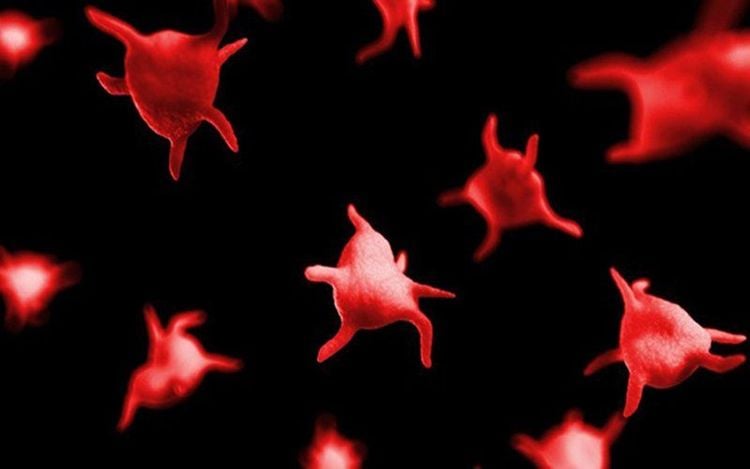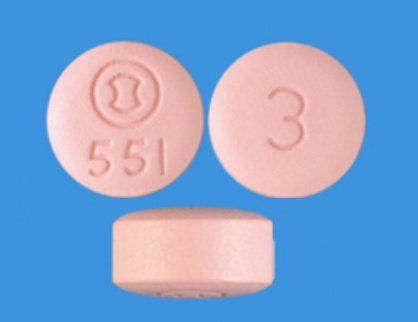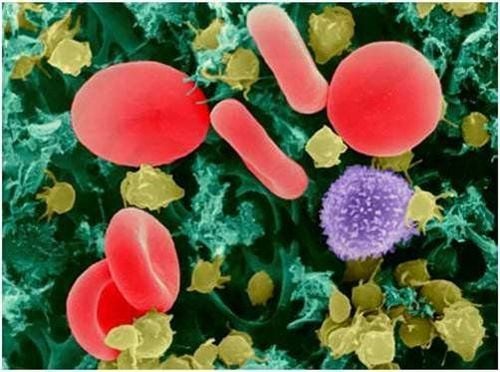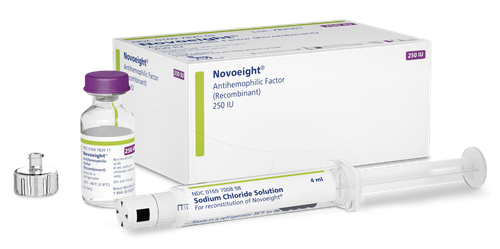This is an automatically translated article.
The article was professionally consulted with - Specialist I, Resident Doctor Dang Thi Ngoan - Pediatrician - Neonatologist - Department of Pediatrics - Neonatology - Vinmec Ha Long International General Hospital.1. What is thrombocytopenia in children?
Platelets are blood cells that play an important role in blood clotting in the human body. Accordingly, platelet disorders include: Thrombocytopenia; Thrombocytopenia; Decreased platelet function.Thrombocytopenia disorder is one of the types of platelet disorders. Thrombocytopenia was defined as a blood platelet count < 150,000 μL. Spontaneous bleeding usually occurs when the platelet count falls to < 20,000 μL.
Thrombocytopenia is usually mild, causing only a few signs or symptoms. In rare cases, too low a platelet count can cause internal bleeding, which is very dangerous.

2. Causes of platelet disorder
The causes of thrombocytopenia are diverse, some are transient, treatable and recover quickly, others require lifelong treatment. There are two main groups of causes of thrombocytopenia, namely: Increased platelet destruction and decreased platelet production.
Viruses: A viral infection can cause the bone marrow to temporarily make fewer platelets, a phenomenon known as viral suppression. Therefore, as long as the virus is removed from the body, platelets will continue to be produced normally. Medications: Some medications are capable of inhibiting platelet production or creating antibodies that destroy platelets. Immune thrombocytopenia: A disorder in which the immune system attacks and destroys platelets. Malignancies: Certain cancers such as leukemia can cause low platelet counts. This happens because cancer cells take up space in the bone marrow, blocking the production of new platelets. Chemotherapy: Most chemotherapy attacks rapidly dividing cells such as cancer cells. Blood cells are damaged by chemotherapy, making them temporarily unable to make new blood cells. For chemotherapy, all blood cell lines (red blood cells, white blood cells, and platelets) may be affected. Aplastic Anemia: Aplastic anemia is a condition in which the bone marrow cannot make normal blood cells resulting in thrombocytopenia. Inherited thrombocytopenia: Inherited genetic diseases such as Bernard Soulier and MYH9 can cause thrombocytopenia secondary to genetic mutations. Splenomegaly: A part of platelets is stored in the spleen, enlarged spleen makes many platelets trapped, leading to thrombocytopenia in the blood. Thrombotic thrombocytopenic purpura: Mainly found in adult women causing small blood clots to form in the blood vessels that destroy platelets and red blood cells. Pregnancy: Thrombocytopenia may occur in more than 5% of normal pregnancies or in preeclampsia.
3. Symptoms of platelet disorders in children
Symptoms of platelet disorder in children are:
Mucous membrane bleeding (nosebleeds, bleeding gums, bullous bleeding, menorrhagia, uterine bleeding) Bleeding under the skin (petechiae spot) , purpura not felt to touch, ecchymosis). Intracerebral hemorrhage is a rare but serious consequence of thrombocytopenia, and is the most common cause of death. Intracerebral hemorrhage often occurs in people with a history of head trauma. The systemic symptom of thrombocytopenia is lymphadenopathy or hepatosplenomegaly. Symptomatic children need to be evaluated promptly because of multiple associations with other malignancies or proliferative processes.

4. Diagnosis of thrombocytopenia disorder
First, the doctor will conduct a physical exam to look for bruises or purpura, one of the symptoms of thrombocytopenia. In addition, your doctor may ask about your family history and medical condition, as well as any medications you're taking.
Next, the doctor will order tests, starting with a blood count. Platelet indices are carefully examined to estimate platelet count and morphology and to evaluate for associated abnormalities of white blood cells and red blood cells. Your doctor may also order clotting tests to determine how long your blood takes to clot and the factors that influence it.
Bone marrow testing may be indicated for children with evidence of other blood cell lines such as anemia and leukopenia or systemic symptoms and blast cells in the peripheral blood smear. .
Ultrasound is used to help the doctor check the size of the spleen. Bone marrow biopsies and aspiration were performed to confirm suspicions regarding bone marrow function.
5. Treatment of thrombocytopenia disorder
The choice of treatment depends on the severity of the disease. Patients with thrombocytopenia should avoid aspirin or nonsteroidal anti-inflammatory drugs (NSAIDs) such as ibuprofen because these reduce platelet function and the potential for blood clots to form.
Where no treatment is needed: Mild thrombocytopenia or no bleeding, thrombocytopenia secondary to viral infection may not require treatment. Platelet transfusion: Short-term thrombocytopenia, such as chemotherapy, can be treated with platelet transfusions. The frequency of platelet transfusions depends on the amount of bleeding and the status of thrombocytopenia. Withdrawal: If the thrombocytopenia is caused by medication, you should consult with your doctor about whether or not you should continue taking this medication. Using drugs to treat: Immune thrombocytopenia needs to be treated with drugs such as steroids, intravenous immunoglobulins or anti-D immunoglobulins. Splenectomy: The spleen is the organ that holds and destroys platelets. Splenectomy is applied to people with enlarged spleen due to chronic diseases. Plasmapheresis: Thrombotic thrombocytopenic purpura (TTP) can be treated with plasmapheresis. Thrombocytopenia disorder is a disease that can leave many complications, so when seeing signs of the disease, parents need to take their children to medical centers for timely examination and treatment.
Please dial HOTLINE for more information or register for an appointment HERE. Download MyVinmec app to make appointments faster and to manage your bookings easily.














